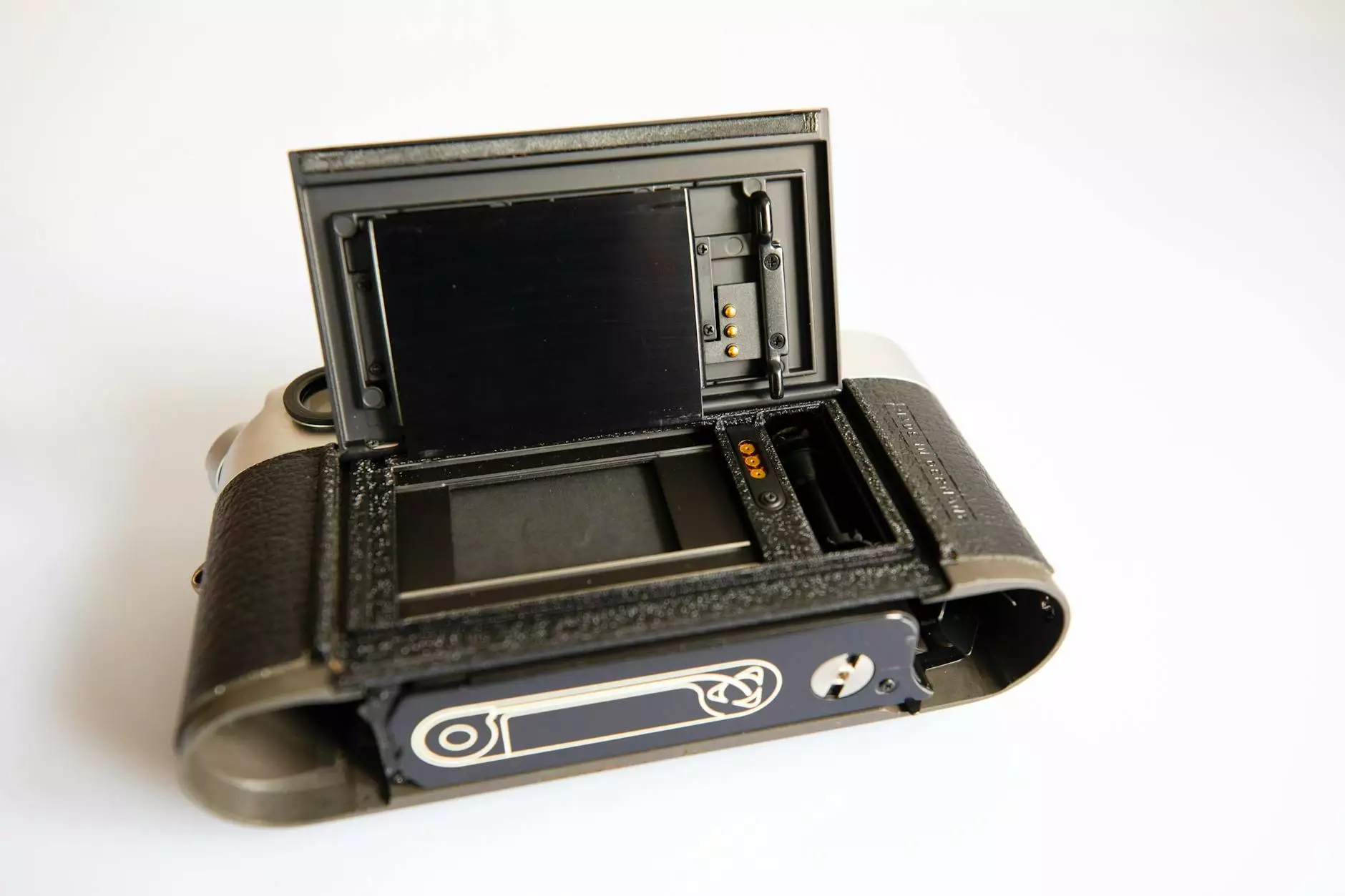Transform Your Water Quality: How to Filter Muddy Water Effectively for a Healthier Lifestyle

Access to clean, safe drinking water is fundamental for maintaining good health and well-being. However, many households and businesses face challenges related to muddy or turbid water contaminated with sediments, dirt, and other impurities. Whether you're dealing with water from a rural well, rainwater runoff, or municipal supply experiencing contamination, knowing how to filter muddy water properly can make a significant difference in health, taste, and overall water quality.
Understanding the Causes of Muddy Water Contamination
Before diving into effective filtration techniques, it's essential to understand what causes water to become muddy. Several factors contribute to water turbidity, including:
- Soil erosion and runoff: Heavy rains wash soil and sediments into water sources.
- Construction activities: Disturbance of land causes particles to enter waterways.
- Natural sedimentation: Disturbed riverbeds or lake bottoms release sediments into the water column.
- Industrial discharge: Certain industries release particulate matter into water bodies.
- Faulty water treatment: Incomplete or outdated filtration systems can fail to remove sediments.
Health Risks of Drinking Murky or Muddy Water
Consuming water contaminated with sediments doesn't just affect taste; it poses serious health risks, such as:
- Bacterial infections: Muddy water may harbor bacteria, viruses, and parasites like E. coli, cholera, and giardia.
- Heavy metals and toxins: Industrial pollutants can settle with sediments, introducing hazardous substances.
- Digestive issues: Soil and particulate matter can cause gastrointestinal discomfort and illnesses.
- Physical damage: Particulates can cause wear and tear in plumbing and appliances.
Why Professional Water Filtration Is Essential for Clearing Muddy Water
While initial DIY filtration methods provide temporary relief, investing in professional or advanced filtration solutions ensures consistent access to clean water and peace of mind. Proper filtration devices are designed to target specific contaminants, including large sediments, bacteria, viruses, and chemical pollutants.
Effective Techniques to Filter Muddy Water
Filtering muddy water involves multiple stages depending on the level of contamination and intended water use. Here are some of the most reliable techniques used in both residential and industrial settings:
1. Sediment Filtration with Pre-Filters
Pre-filters are the first line of defense when filter muddy water. They typically contain coarse materials such as polypropylene or cellulose to remove large particles, dirt, and debris. These filters:
- Reduce turbidity and clarify water
- Protect subsequent filtration stages from clogging
- Are available as cartridges, whole-house filters, or bucket systems
2. Multi-Stage Filtration Systems
For comprehensive purification, multi-stage systems combine several filtration methods, including:
- Activated Carbon Filtration: Absorbs chemical contaminants, improves taste and odor
- Reverse Osmosis (RO): Uses semi-permeable membranes to remove dissolved solids, heavy metals, and microbes
- UV Disinfection: Uses ultraviolet light to kill bacteria and viruses
- Nanofiltration: Removes small organic molecules and additional pathogens
Combining these processes ensures that filter muddy water becomes safe, clear, and palatable.
3. Clarification and Flocculation
This chemical or physical process involves adding coagulants, such as alum, to aggregate fine particles into larger flocs that can settle easily. This method is especially effective for heavily muddy water sources and is often employed prior to filtration stages.
4. Sedimentation and Filtration
Allowing water to sit in a basin or tank encourages sediments to settle naturally. After sedimentation, water can be passed through filters for further purification. This process is cost-effective and useful for large volumes of water.
Advanced Technologies for Filtering Muddy Water
Innovative filtration technologies are evolving continually to offer superior performance, efficiency, and user convenience:
1. Ceramic and Deep-Granular Media Filters
Utilize porous ceramic materials or granular media to remove fine particles, bacteria, and viruses. These systems are durable and suitable for agricultural, industrial, and municipal applications.
2. Kangen Water Filtration Systems
Renowned for advanced water purification, Kangen water systems utilize multiple filtration layers, including premium filters, activated charcoal, and electrolysis, to provide not only clean water but also antioxidant-rich alkaline water. These systems are particularly effective in filter muddy water, enhancing water quality while promoting health benefits associated with mineral adjustments.
3. Ultrafiltration (UF)
Ultrafiltration membranes can filter out particles 0.01 microns or larger, eliminating bacteria, protozoa, and some viruses, while maintaining essential minerals. UF is an ideal choice for filter muddy water where microbial contamination is a concern.
Best Practices for Maintaining Water Filtration Systems
Proper maintenance is key to ensuring ongoing effectiveness of your filtration setup. Follow these tips:
- Regularly replace filters: Follow manufacturer guidelines for change intervals.
- Clean storage tanks and pre-filters: Minimize buildup of sediment and microbial growth.
- Test water quality periodically: Use certified testing kits or professional labs to verify filtration performance.
- Stay informed about contaminants: Regularly check local water quality reports or sources for potential issues.
Choosing the Right Filter System for Your Needs
Selecting the appropriate filtration system depends on several factors:
- Source water quality: Degree of turbidity and presence of chemical or microbial contaminants
- Intended water usage: Drinking, cooking, industrial use, irrigation, etc.
- Budget constraints: Initial investment and ongoing maintenance costs
- Space availability: Size of filtration units and installation requirements
- Regulatory standards: Compliance with local health and safety regulations
Conclusion: Achieve Clear and Safe Water with Advanced Filtration Solutions
In today’s environment, filter muddy water effectively is not just a matter of taste—it's a critical health imperative. Whether you're dealing with occasional sediment intrusion or persistent contamination challenges, investing in high-quality filtration systems offers a sustainable solution. From simple pre-filters to sophisticated reverse osmosis or Kangen water machines, the range of available technologies can cater to every need and budget.
Remember: The key to safe drinking water lies in understanding your water source, choosing the right filtration technology, and maintaining your equipment diligently. By adopting best practices and leveraging forward-thinking solutions, you can enjoy pure, clean, and healthy water—protecting your family, employees, or community every day.
Explore professional filtration options and expert advice today to safeguard your water quality long-term. With quality systems in place, experiences of muddy, turbid, or contaminated water will be a thing of the past, replaced by refreshed, crystal-clear water that supports your well-being and peace of mind.









